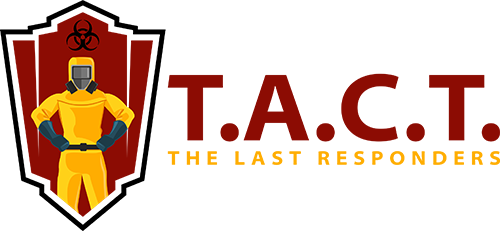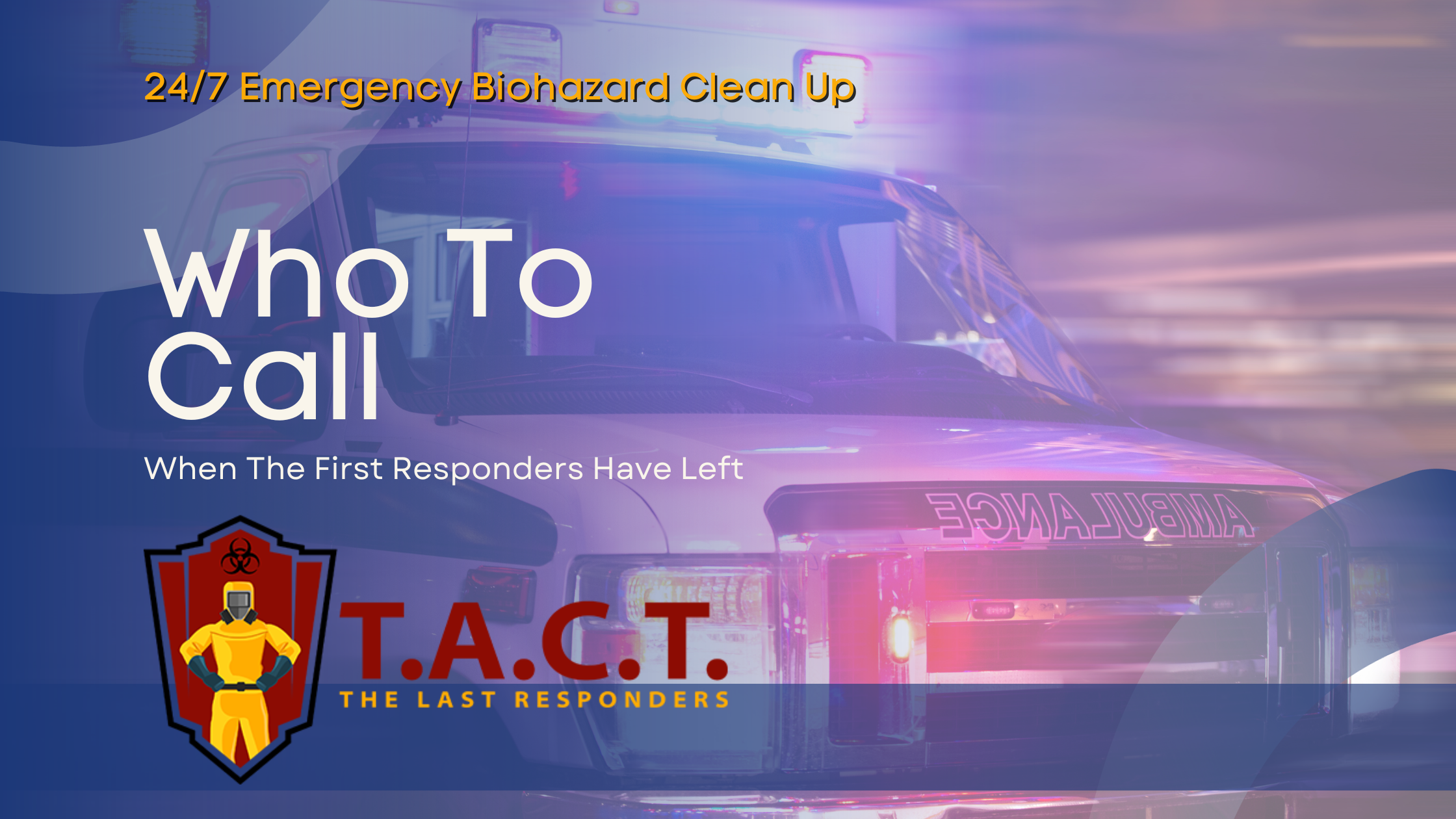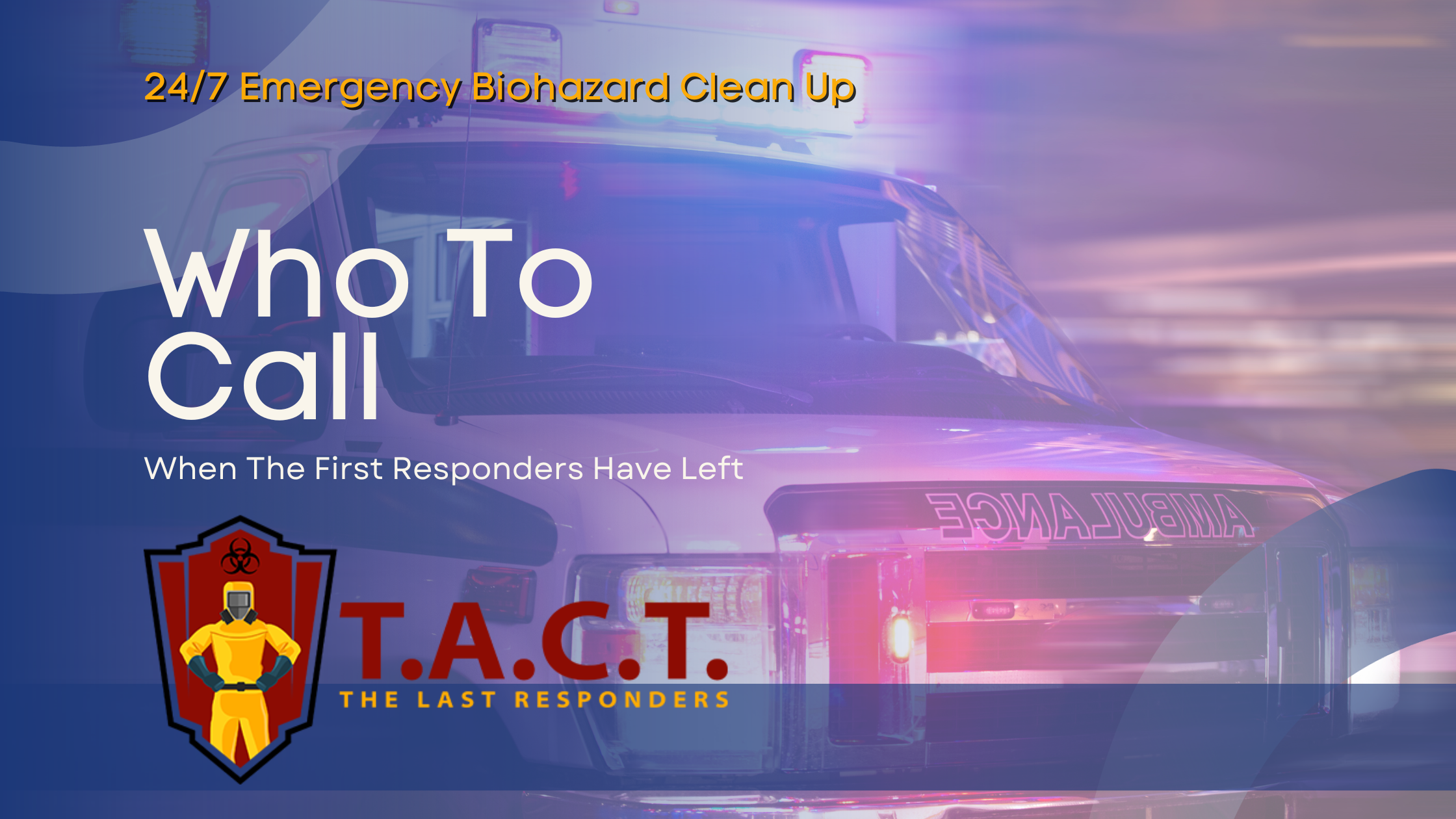Hoarding Cleanup Tips for a Safer Home
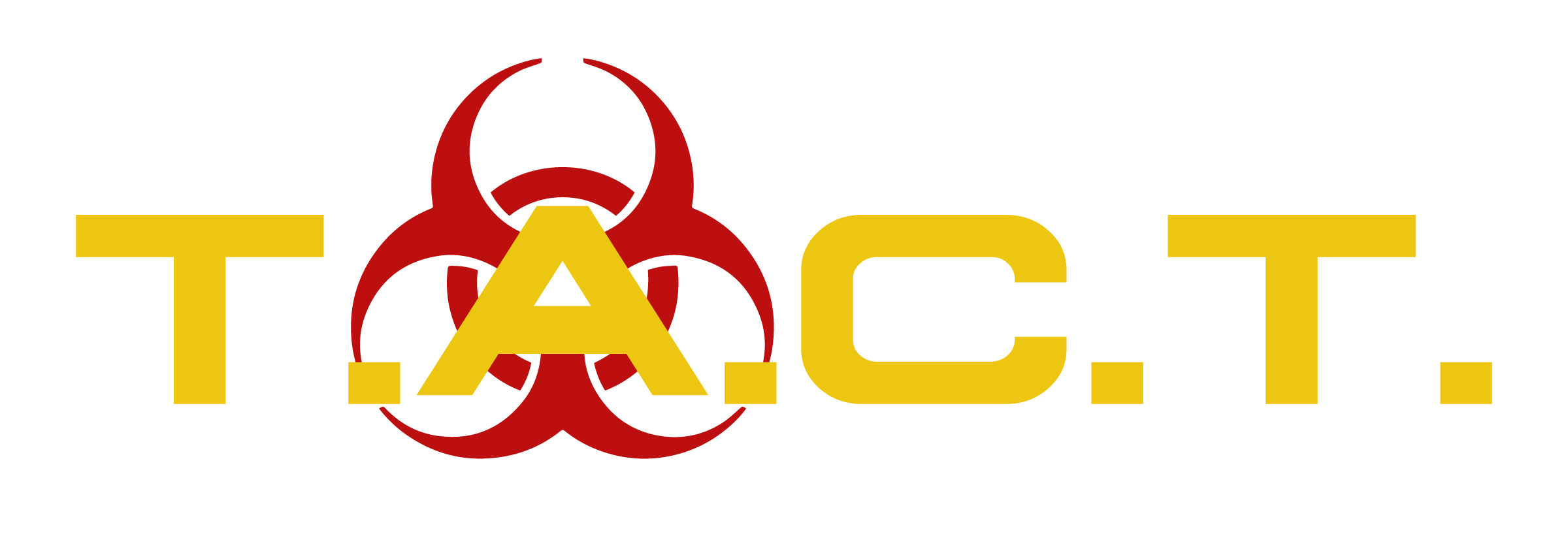
Essential Tips for Navigating House Cleaning Hoarder Challenges
Hoarding poses complex challenges for homeowners, family members, and cleaning professionals. More than just clutter, hoarding can lead to unsafe living conditions, emotional distress, and strained relationships. Whether you're helping a loved one or you're managing your own hoarding tendencies, this comprehensive guide offers essential tips to approach the situation with empathy, professionalism, and practical solutions.
Here, you'll learn everything from understanding the psychology behind hoarding to actionable cleanup strategies—and how to sustain progress for long-term change.
Understanding Hoarding
What is Hoarding?
Hoarding is far more than just an overstuffed closet or cluttered room. It's a mental health disorder characterized by persistent difficulty in letting go of possessions due to a perceived need to save them.
Classified as an anxiety disorder in 2013, hoarding often results in individuals accumulating items that others might deem worthless—think old newspapers, plastic bags, broken electronics, or expired groceries. The disorder affects emotional well-being and can lead to unsafe living conditions, alienation, and even legal troubles.
Causes of Hoarding
Hoarding doesn't happen overnight, nor is it simply a lack of organization. It’s a complex mental health issue often tied to trauma or emotional distress.
Trauma Triggers: Events like the death of a loved one, divorce, or financial instability can initiate hoarding behavior.
Fear and Anxiety: Many hoarders fear that discarding items will leave them unprepared or without when needed.
Attachment to Objects: Lifelong habits can form when emotional connections are made with objects, making it harder to part with them.
Understanding the root causes of hoarding is crucial to addressing it compassionately and effectively.
Assessing the Situation
Hoarding Levels and Hazards
Hoarding is typically classified into five levels, with each stage presenting increasing levels of disarray and risk.
Level 1 includes mild clutter with no noticeable safety concerns.
Level 5 features extreme hoarding with blocked exits, structural damage, pest infestations, and even biohazards.
The risks range from fire hazards and trip-and-fall injuries to pest invasions and mold growth. These hazards make it essential to assess the severity of the situation before beginning the cleanup process.
Preparing for the Cleanup
Hoarding Cleaning Checklist
Preparation is vital to navigating hoarding cleanup safely and efficiently. Here's what you’ll need to get started:
Safety Gear: Gloves, masks, and protective eyewear for dealing with dust, mold, and pests.
Cleaning Supplies: Trash bags, disinfectants, brooms, mops, and cleaning cloths.
Tools: Stepladders, flashlights, and shovels to access hard-to-reach spaces.
Waste Removal: Consider renting a dumpster for large-scale disposal needs.
Having all the necessary tools and supplies ensures that cleanup efforts stay focused and efficient.
The Cleanup Process
Hoarding Cleanup Steps
Hoarding cleanup isn't just about tidying up—it’s about restoring safety and dignity to a home. Follow these steps for an effective cleanup process:
Prioritize Safety
Remove hazardous materials first, such as spoiled food, broken glass, or pest-infested items.
Sort and Categorize
Divide items into categories—"keep," "donate," and "discard." This helps streamline the process and reduce decision fatigue.
Collaborate with the Hoarder
Cleaning the home of someone with a hoarding disorder requires empathy. Work together to agree on what stays and what goes.
Hire Professional Help
For larger-scale projects, consider working with a professional cleaning service specializing in hoarder homes.
Seeking Professional Help
Professional hoarding cleaning services bring expertise, efficiency, and discretion to an often overwhelming process. Companies like ours offer compassionate support, ensuring both the physical and emotional aspects of the cleanup are handled with care.
Cleanup Process Strategies
Effective Cleanup Techniques
Cleaning a hoarder’s home isn’t just a physical task—it’s an emotional one. Understanding and empathy are crucial to success.
Build Trust: Approach each step with compassion, not judgment. This helps the hoarder feel supported rather than attacked.
Set Achievable Goals: Break the process into manageable chunks to avoid overwhelming the individual.
Bring in Support: Encourage involvement from family, friends, therapists, or support groups. Emotional backing is key for progress.
After the Cleanup
Maintaining Progress
Cleaning the home is only half the battle. To ensure lasting change, you must also work on maintaining progress and preventing relapse.
Encourage Good Habits: Provide practical cleaning tips and simple organizational strategies to avoid re-accumulation.
Accessible Supplies: Equip the home with plenty of cleaning tools and products for easy maintenance.
Ongoing Support: Counseling or therapy can help address the underlying issues behind hoarding behavior.
With consistent effort, the home can remain a safe, welcoming space that supports the well-being of everyone involved.
Overcoming Hoarding Challenges
Addressing hoarding is never easy—it requires patience, compassion, and determination. But with the right approach, restoring safety, health, and dignity to a hoarded home is possible.
A professional cleaning service can make a difference by handling the physical cleanup and providing much-needed emotional support. Together, we can overcome the challenges of hoarding and create a brighter, clutter-free future.
If you or a loved one need help, our expert team is here for you. Contact us today for discreet, compassionate assistance.
Latest news
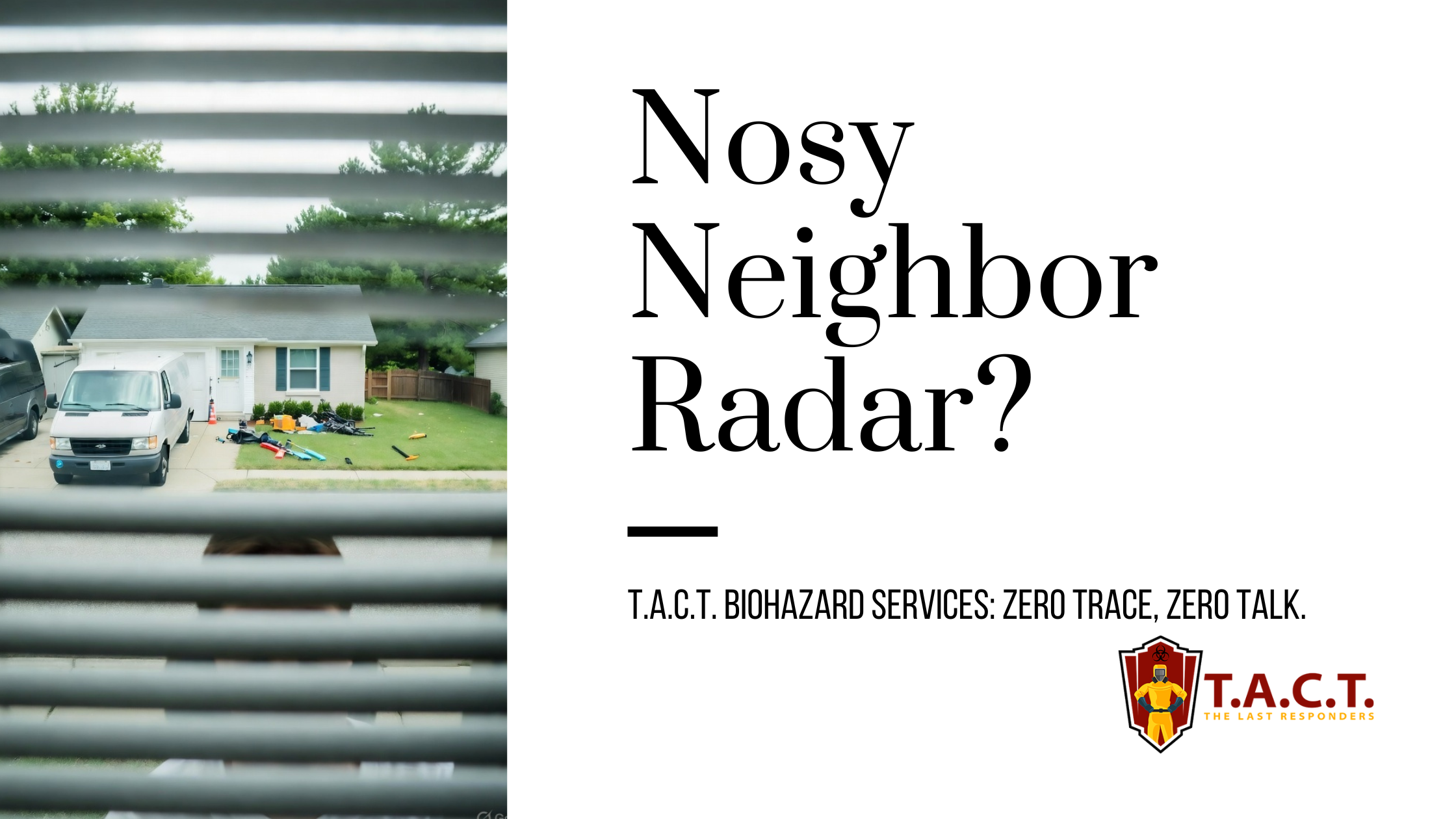
Nosy neighbors peeking? T.A.C.T. North Atlanta offers discreet biohazard remediation for rodent infestations, mold, hoarding, and more. Unmarked vehicles, quiet experts, full privacy—24/7 service at 470-781-4775.
Read More